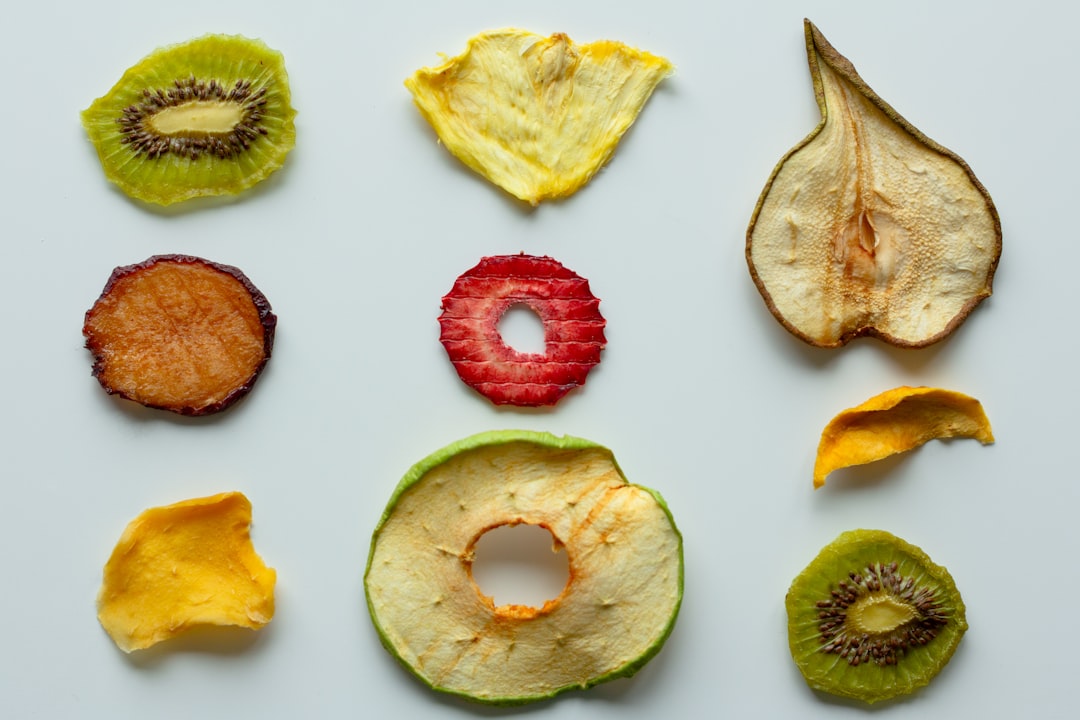What is it about?
Mixing and diffusion by jets ejected from nozzles are widely used in various engineering devices such as combustors and chemical reactors. In recent years, it has been necessary to develop efficient mixing enhancement techniques in low Reynolds number flow fields for the miniaturization of the device. One of the mixing promotion techniques is to use a non-circular nozzle. In this study, we perform a numerical analysis of a pulsating jet ejected from a rectangular nozzle at a low Reynolds number. To elucidate the relationship between vortex structures and axis switching, we investigate the formation of a vortex structure in the jet, the deformation process, the interaction between vortices, and the generated local turbulence.
Featured Image

Photo by engin akyurt on Unsplash
Why is it important?
In jets ejected from nozzles, a phenomenon occurs in which the major and minor axes of the cross-section of the jet are interchanged downstream. In this study, we investigated the occurrence mechanism of this axis switching in a pulsating jet at a low Reynolds number to clarify the influence of the nozzle aspect ratio on axis switching, deformation of vortex structures, and turbulence characteristics. As a result, it was found that axis switching can enhance the mixing effect at a low Reynolds number.
Perspectives
Axis switching of a jet ejected from a rectangular nozzle affects flow mixing characteristics. To clarify such a mixing mechanism in the jet, the axis switching and vortex structure deformation should be investigated in detail. In this study, we performed a numerical analysis of the pulsating jet ejected from a rectangular nozzle at a low Reynolds number to elucidate the relationship between the vortex structures and axis switching in the jet. We hope that the results obtained in this research will help clarify the mixing characteristics of jets and develop nozzles.
Professor Hideki Yanaoka
Iwate Daigaku
Read the Original
This page is a summary of: Numerical simulation for axis switching of pulsating jet issued from rectangular nozzle at low Reynolds number, Physics of Fluids, December 2023, American Institute of Physics,
DOI: 10.1063/5.0176876.
You can read the full text:
Resources
Contributors
The following have contributed to this page










